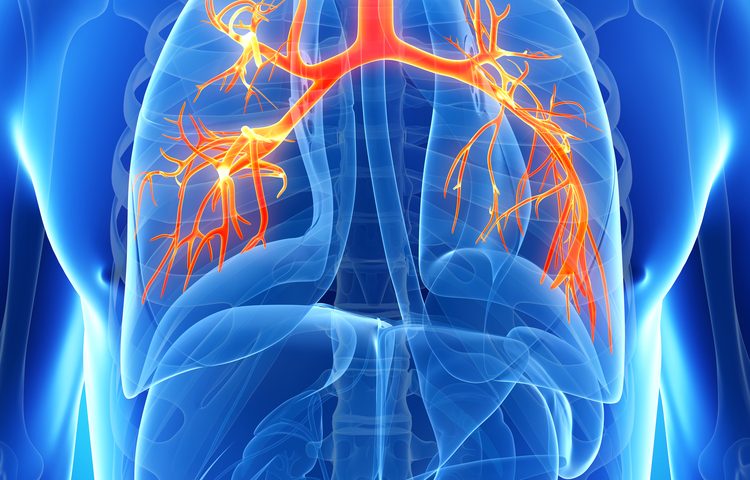Bubble‐positive expiratory pressure, a type of airway clearance technique (ACT), could be effective in clearing sputum from the airways of people with stable bronchiectasis, a small study reports.
The study, “Bubble‐positive expiratory pressure device and sputum clearance in bronchiectasis: A randomised cross‐over study,” was published in the journal Physiotherapy Research International.
Bronchiectasis is associated with chronic limitations in airflow and obstruction (blocking) of airways by sputum, a mixture of saliva and mucus coughed up from the respiratory tract.
ACTs are recommended manage bronchiectasis, clearing mucus from the lungs by regulating lung volume and pressure, as well as gas flow.
Studies have shown that ACTs improve secretion clearance, lung function, and health-related quality of life (QOL) in patients with bronchiectasis.
An established ACT in physiotherapy is called Active Cycle of Breathing Technique (ACBT), which involves cycles of thoracic (lung) expansion exercises (TEEs), breathing control, and a forced expiratory (exhaling) technique to promote breathing and the movement of secretions.
Another ACT requires the use of mouthpiece or mask positive expiratory pressure (PEP) devices. Such devices provide resistance during exhalation, generating a positive pressure and that helps to stabilize the airways and prevent airway collapse. This also helps clear secretions.
A therapist-made bubble-PEP device can be a simple and cost-effective, built from easily available and disposable materials. This device consists of a bottle that contains at least 10 cm (3.9 inches) of water, with a connecting tube.
But the effectiveness of a therapist-made bubble-PEP device in clearing airway secretions among bronchiectasis patients had not been tested against established devices in a clinical trial.
To address this gap, Australian researchers compared a bubble-PEP device to ACBT and to no intervention (control group) among adults with stable bronchiectasis. Their goal was to determine if the bubble-PEP device would be similar in effectiveness to ACBT, and better than no intervention.
Their study included 35 participants (mean age, 75) with daily sputum production. All but one person completed the study.
Over three separate days within a 10-day period, patients underwent 30 minutes of bubble-PEP, ACBT, or no intervention in random order while sitting, followed by an hour of quiet sitting.
The primary outcome measure was wet weight of sputum produced during the 30-minute intervention, at 60 minutes post-intervention, and also total wet weight (adding sputum production at 30 and 60 minutes).
No significant differences were recorded in sputum wet weight between bubble-PEP and ACBT during the 30-minute intervention. As expected, the wet weight of sputum produced in the control group was significantly lower than either bubble-PEP or ACBT at 30 minutes.
Sputum wet weight, however, was significantly greater in bubble-PEP than in ACBT at one hour after the intervention. No differences were seen in total sputum measured over 90 minutes and in total number of coughs, despite the greater numbers of ACBT cycles during the 30-min intervention period.
Both approaches were also seen to be safe in patients with stable disease, although a rest period during an “airway clearance regimen” is advised.
“This implies that ACBT was most effective in clearing sputum during 30-min of intervention, whereas bubble-PEP had an effect on sputum clearance not only during intervention period but also in the period following the intervention,” the scientists wrote.
Bubble-PEP may have been beneficial by producing so-called oscillation frequencies in the optimal range for clearance of airways secretions, they added.
“Sputum wet weight was significantly greater with bubble-PEP than control at all time periods, and greater than ACBT at 60-min-post. Bubble-PEP could be considered an alternative sputum clearance technique to ACBT,” the investigators concluded.

